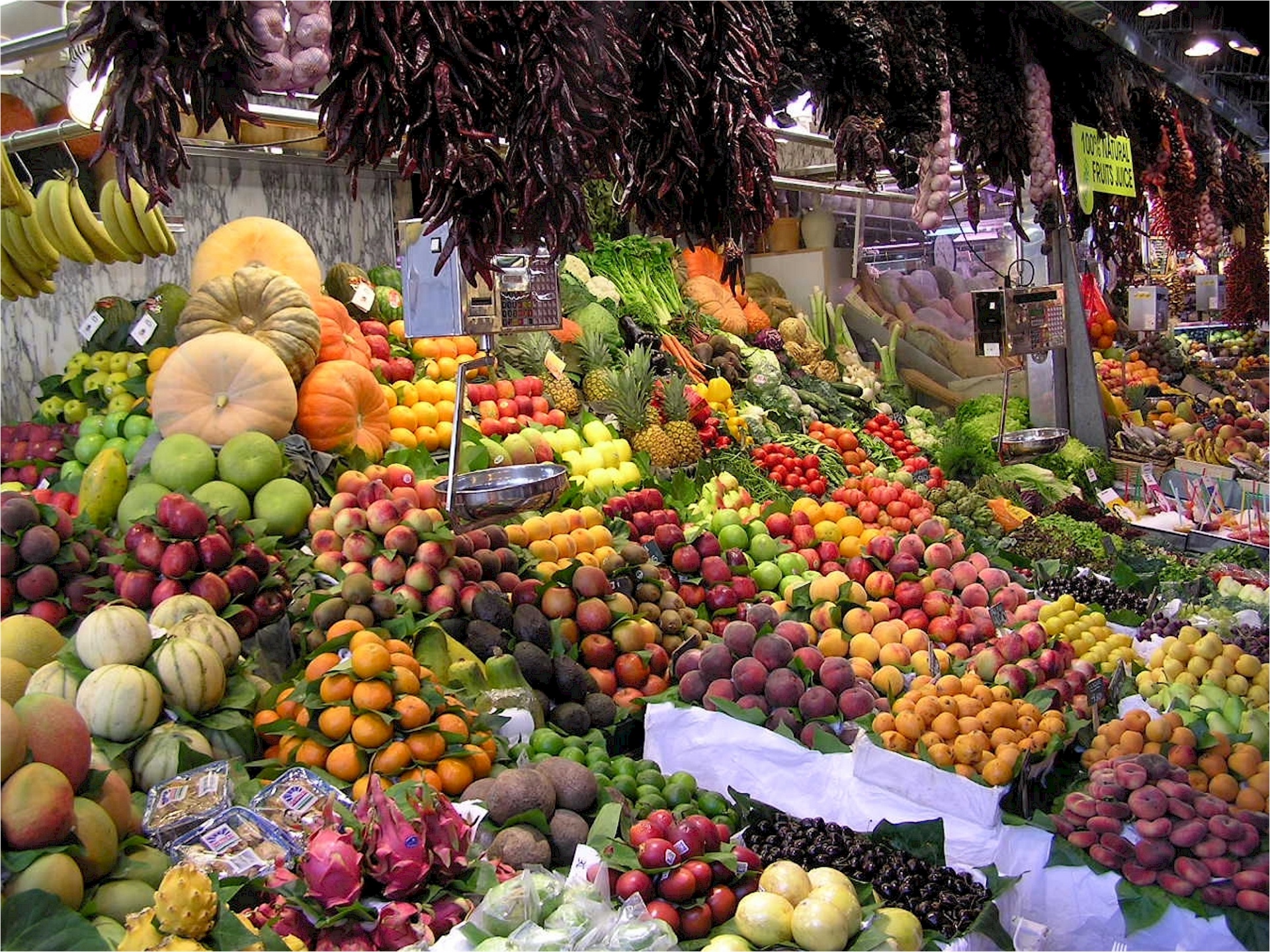India’s climatic conditions ensure the presence of a variety of fruits and vegetables. After China, India is in the second position for the fruits and vegetables market size. According to 2019-20 data published by National Horticulture Board, India produced approximately 99 million metric tons of fruits and 192 million metric tons of vegetables.
India is the largest producer of okra, onions, tomatoes, and brinjal amongst vegetables and ranks first in bananas, mangoes, and papayas production.
The vast production base provides export opportunities. During 2020-21, India exported fruits and vegetables worth US$ 1342.14 million. The major exports from the fruit category were grapes, mangoes, bananas, oranges, and pomegranates. Additionally, onions, potatoes, tomatoes, and green chilly contributed largely to vegetable exports.
The export countries are UAE, Bangladesh, Nepal, Malaysia, the US, Sri Lanka, and Qatar.
However, India’s fruits and vegetable market is still 1% of the entire global market. But there is increasing awareness and acceptance of horticulture due to the development of cold chain structures and quality assurance measures. The private and public sector investments with APEDA (Agricultural and Processed Food Products Development Authority) help in the development of several perishable cargoes centers and integrated post-harvest facilities. Moreover, capacity building initiatives at the farmers’ and exporters’ level contributes to the development of the fruits and vegetable market in India.

Growth & Development of fresh fruits and vegetable market in India
During the 2020 lockdown, the Indian economy faced a downturn, but the premium fresh fruits and vegetable market demand was stable. Nowadays, more people are focusing on health and in-home cooking. Additionally, e-commerce and food delivery is also rising, paving way for different opportunities.
India’s market has experienced rising incomes and high-income inequality. Twenty per cent of Indians earn 45% income. Bangalore and Chennai are urbanizing. The smartphone and internet penetration is increasing. Social norms and cultures are shifting towards premium products which are readily available. ‘Made in India’ and simple choices are gaining attention. Consumers in the post-Covid world prefer healthy food options. India’s ports are facing congestion, and container prices are shooting up. Also, transporting cold storage products is challenging.
Demand for citrus fruits is rising due to immune benefits. India’s apple sector growth is slowing down but will rise after trade issues resolve and mango season ends. However, in the long term, the fruits and vegetable market in India will experience strong growth.
E-commerce sales and home cooking is booming. Hence the marketing of fruits and vegetable needs to focus on health credentials. Packages for smaller households and convenience products are gaining attention. For example, Swiggy delivers fruit bowls. Neighborhood Kirana sales are also pacing up. Subscription models have become popular in the fruit and vegetable market in India.
Also, Facebook invested US$ 5.7 billion in Reliance Jio Platform for a 9.99% stake to link JioMart with WhatsApp.
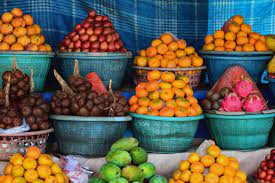
Government Initiatives to develop fruits and vegetable market in India
The government has suspended some provisions of agricultural produce marketing committees (APMCs)to promote the direct marketing of fruits and vegetables. For uninterrupted supply, bulk buyers have started purchasing fruits and vegetables directly from farmers. eNAM (electronic national agriculture market), a pan India platform for trading agriculture products, services, and information like quality, prices, e-payments, etc. for the farmers.
The Agriculture Ministry has set up a call centre for resolving issues in Agri logistics, particularly for perishable fruits and vegetables. The initiatives are likely to reduce the middlemen in the entire chain.
The mission for Integrated Development of Horticulture (MIDH) focuses on the development of nurseries, area expansion, and construction of farm ponds. It also enables investment in cold chain infrastructure for individual farmers. They have planned an area expansion for ten globally popular exotic fruits (like avocado) and indigenous fruits (example- sea buckthorn).
Additionally, the Centre of Excellence, a shared facility or entity, facilitates the use of green technologies, bio-fertilizers, and micro-irrigation.
Then, the Maharashtra Government tied up with Asian Development Bank to co-finance Maharashtra Agribusiness Network Project (MAGNET) to upscale horticulture. The project focuses on ten-value chains for pomegranate, orange, guava, banana, sweet lime, custard apple, strawberry, okra, green and red chilies, and sapota.
Similarly, Wingreen farm, an entity, empowers 400 rural and marginalized women in the Nuh district of Haryana. They grow agricultural commodities used for making dips and sauces like basil, spinach, peanuts, etc. It sells 103 products and co-brands with Fab India in 200 cities.
Moreover, Kisan Rath App allows farmers and FPOs (farmer producer organizations) to trade agriculture produce online from registered warehouses. FPO is a scheme to help small farmers get end-to-end services to farmers like marketing, technical services, etc.
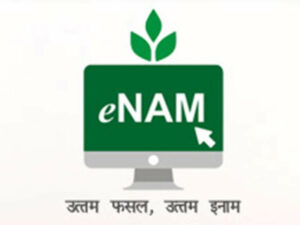
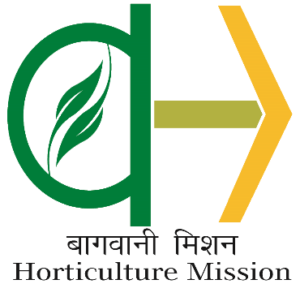
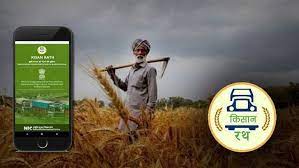
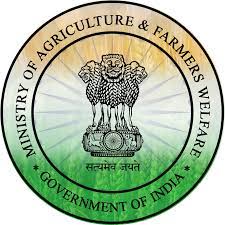
Opportunities in the fruit and vegetable market in India
Smaller cities in India like Indore are showing increasing interest in imported fruits. But the major hindrance is distribution. For instance, food sellers face difficulty with logistics and storage of fruits between Mumbai and Indore. Due to this reason, they focus on easily stored commodities like Apples from Washington, which represent 60% of India’s imported fruits. The demand for Italian apples, citrus fruits, kiwis, pears, cherries, and avocados is rising in these smaller cities, but retail and cold chain are limiting factors.
Due to the pandemic, many farmers shifted to government-supported field crops instead of vegetables. Demand for high-value fruits and vegetables like strawberries, basil, iceberg lettuce, etc. for luxury restaurants and hotels is falling. Due to a decline in demand, the farmers use these products to feed their cattle or as manure. Moreover, farmers are receiving fewer remittances and there are supply chain disruptions.
However, in the long-term, the growth of covered cropping will continue due to the hot conditions. There is a need to support Indian farmers in enhancing crop yield. The fruits and vegetable industry in India requires export support, technology, training, and linkages with retail chains. There is a growth in consumer trends like organic food, healthy snack options, and traceability. Consumers’ preference for premium products is in demand if linked with safety and health.
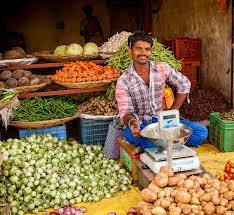

Views of United Nations
UN declared 2021 as the International Year of Fruits and Vegetables after the increasing dietary food preferences of customers. There are three objectives:
- Raising awareness of healthy diet plans via increased consumption of fruits and vegetables.
- Promotion of international efforts to boost sustainable value chains.
- Reduce losses and waste. Additionally, focusing on the role of women in assuring food security.
Small and marginalized farmers should have access to short and inclusive value chains. This will reduce production costs which eventually will increase profits. Farmer cooperatives and associations play a vital role in connecting the farmers to domestic and global markets.
According to Food and Agriculture Organization, out of the global fruits and vegetable production by developing countries 44% is lost in the supply chain. A study shows that India’s post-harvest range from 5 to 15.88% of the country’s total horticulture production.
UN also promotes private entities and research institutions to invest in innovations to improve fruits and vegetable linkages at all levels of the supply chain.

Conclusion
To sum up, the government, as well as the UN, have taken steps to demonstrate the importance of short and inclusive fruit and vegetable chains. The Farmers Produce Trade and Commerce Act, 2020 provides marginal farmers with the ecosystem to sell anywhere and to anyone in the country. Recently, the US$ 14 billion Agricultural Infrastructure Fund was launched to finance viable projects post-harvest management. It supports agri entrepreneurs, startups, and e-marketing platforms.
Moreover, Kisan Rail and Kisan Udaan initiatives strengthen post-harvest rail and air connectivity. Also, the government has launched a dedicated central sector scheme for the formation of 10,000 FPOs. It provides support to FPOs via equity and credit guarantee for up to five years.
UN and government want to align Sustainable Development Goals with the initiatives taken up to develop the fruits and vegetable industry. Firstly, accelerate production cluster with digital mapping. Secondly, integration of cold chains. Thirdly, mainstream fruits and vegetables even during the offseason. Fourthly, the development of nutrient-dense biofortified varieties. Lastly, producing perennial fruit crops for a clean environment.

